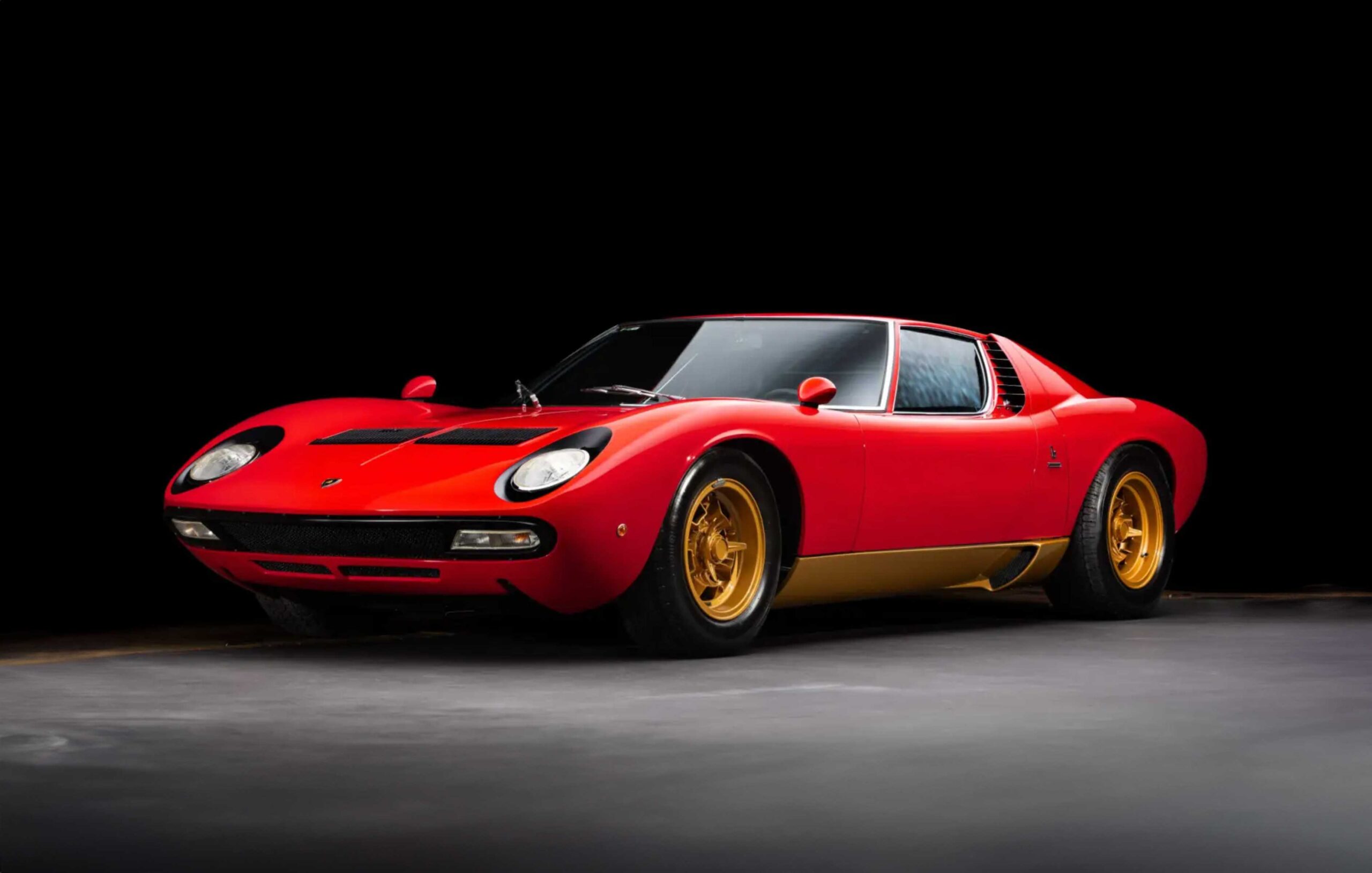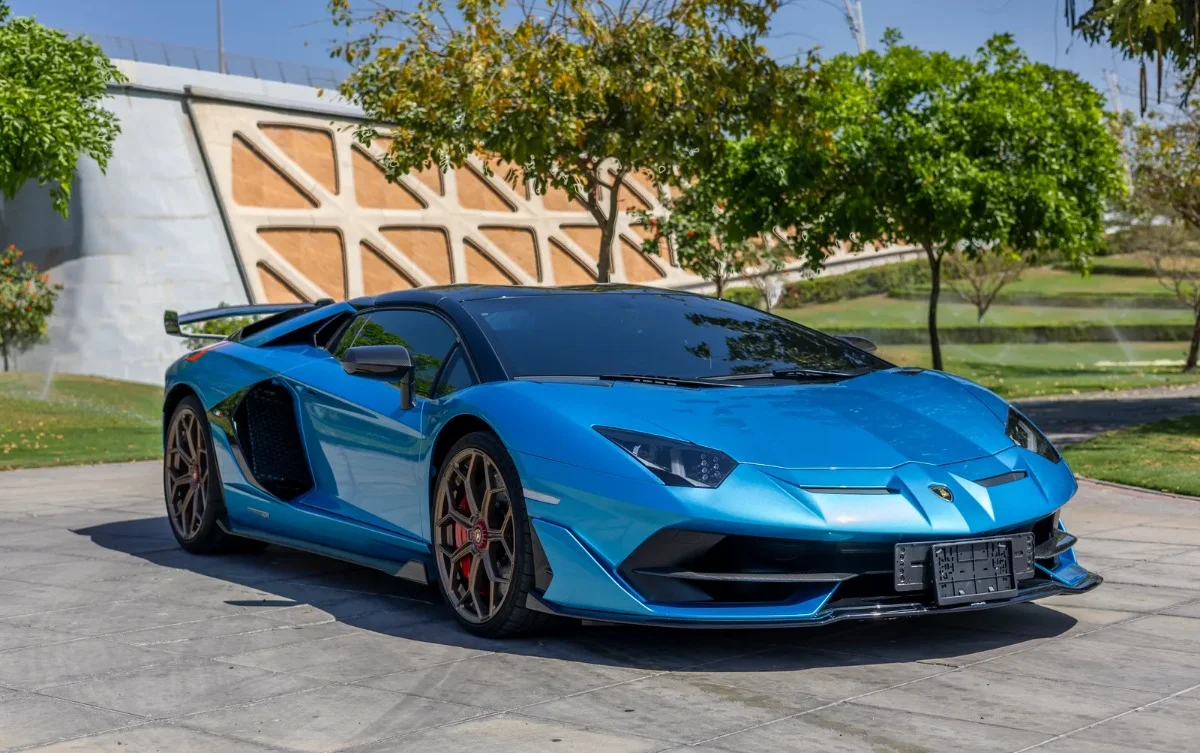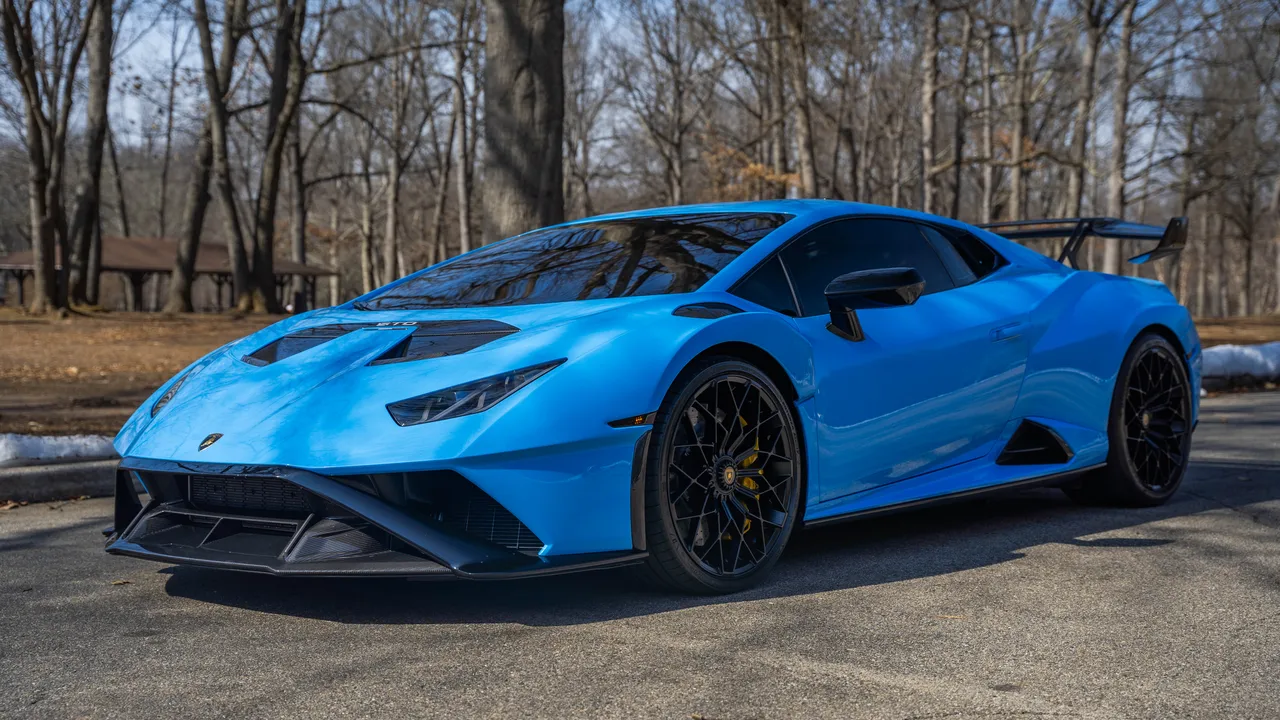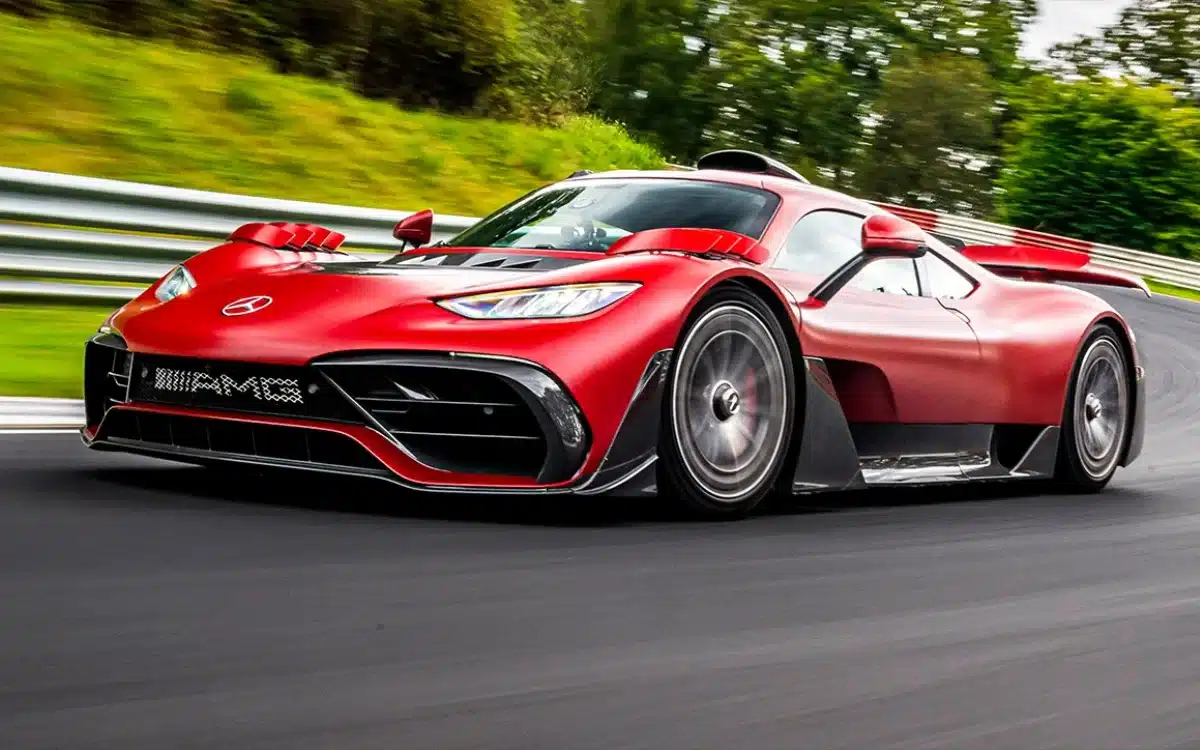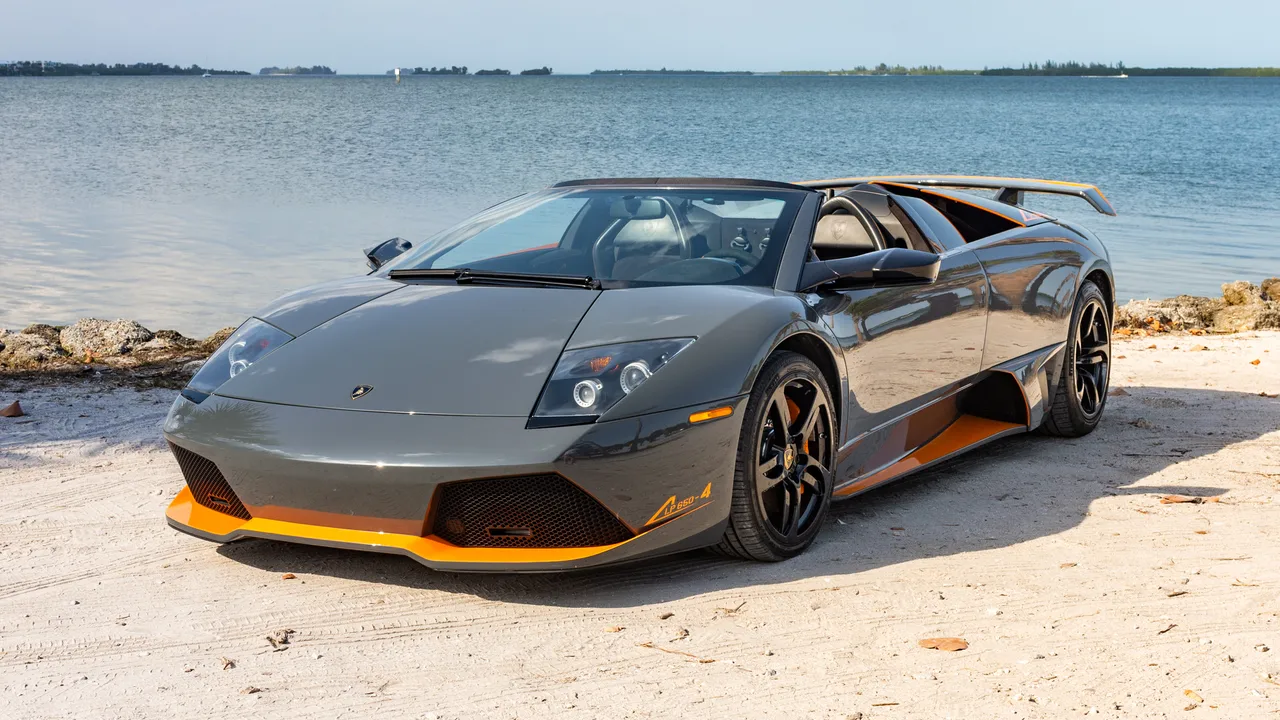Lamborghini: Navigating the Difficult Road from V12 to 12V
Published on Jun 17, 2025 at 2:10 PM | By David Connor
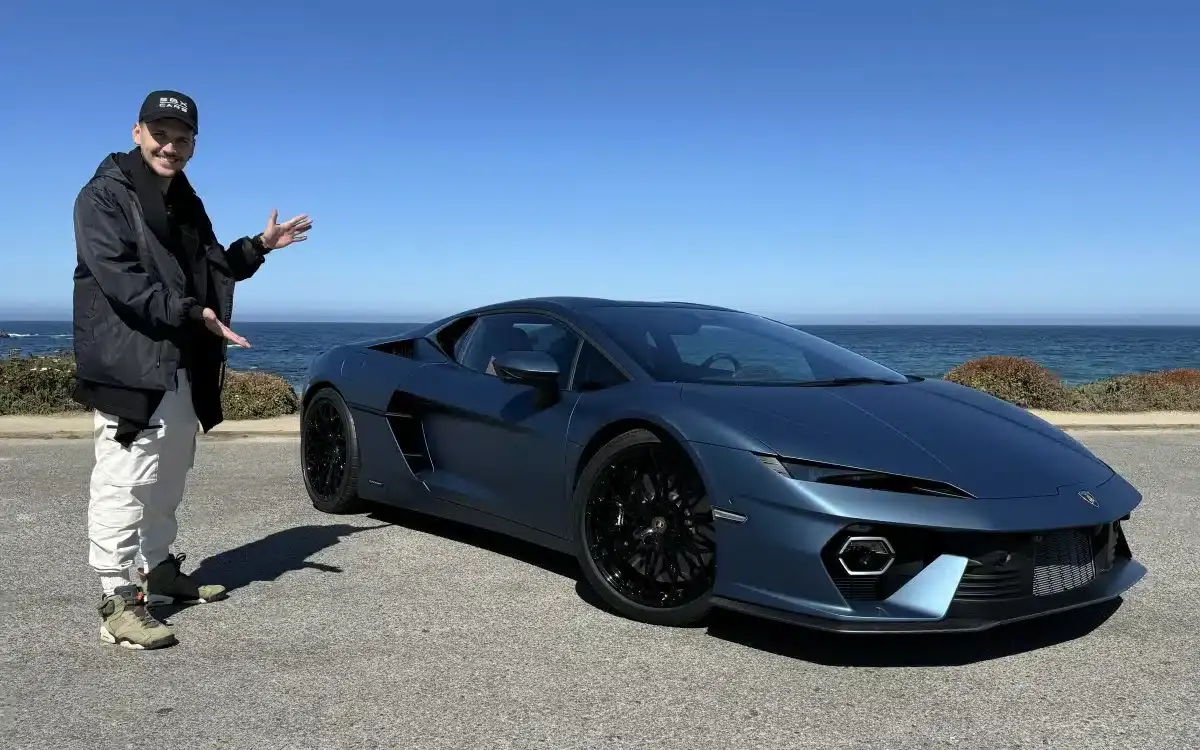
The thing about change is that it’s inevitably, irresistibly, inescapably coming our way….whether we like it or not.
And no car maker understands that better than Lamborghini.
Ever since Ferruccio’s Bologna firm first branched out from building trattori and introduced the world to the entirely new concept of the supercar, Lamborghini has made a joyous, outrageous, mould-breaking habit of challenging convention and upsetting the status quo whenever and wherever it can.
Think about it.
No-one saw the Miura coming in the rear-view mirror of history.
No-one predicted a future with the Countach in it.
No-one imagined anything as wild as the LM002.
Lamborghini has always gone its own way, and even in a world where virtually every car maker is moving in legislated lock-step towards full electrification, the Sant’Agataiconoclasts are striding out on their journey with a characteristically distinctive bull-like gait.
‘Direzione Cor Tauri’ : A Unique Roadmap for Change.
The great and the good of Sant’Agata call their electrification odyssey ‘Direzione Cor Tauri’, meaning towards the heart of the bull.
It represents the biggest ever investment in the history of the company and it consists of three evolutionary phases.
The first of these is hybridization, where V12 and V8 engines combine with electric motors in hybrid HPEV (High Performance Electric Vehicle) powertrains.
The first car from this phase was the V12 Revuelto (named after a Spanish fighting bull), which went into full production in July 2023.
The next will be the Temerario (yep, named after another fighting bull) HPEV, whichis set to replace the Huracán and launch in 2025.
It will be the first mid-engined V8 Lamborghini since the Jalpa in 1981.
It will join the firm’s Urus (no, not a bull – it’s a wild ox) SE HPEV.
The second phase will be full electrification, which is scheduled to become a reality with the launch of a supercar in 2028 and an SUV in 2029.
The third and final phase of the metamorphosis from internal combustion to electric motors focusses on sustainability, with the company accelerating the roll-out of its decarbonization program across the entire value chain, with the aim of reducing total enterprise emissions by 40% ‘per car’ by 2030.
Given that the Sant’Agata production site has been carbon-neutral since 2015, there’s no reason to doubt that the firm will meet its sustainability objectives.
Right now, we can’t know what the marque’s fully electric offerings will bring to the party, although there are concept cars scheduled to make a teasing appearance over the next few years.
We’re talking about Lamborghini, of course, so we’re fully expecting to be surprised.
But we do know what the current batch of HPEV hybrids is capable of and how much it’s stretched the performance envelope beyond anything within the remit of their non-hybrid predecessors.
Lamborghini Revuelto: V12 Hybrid Supercar
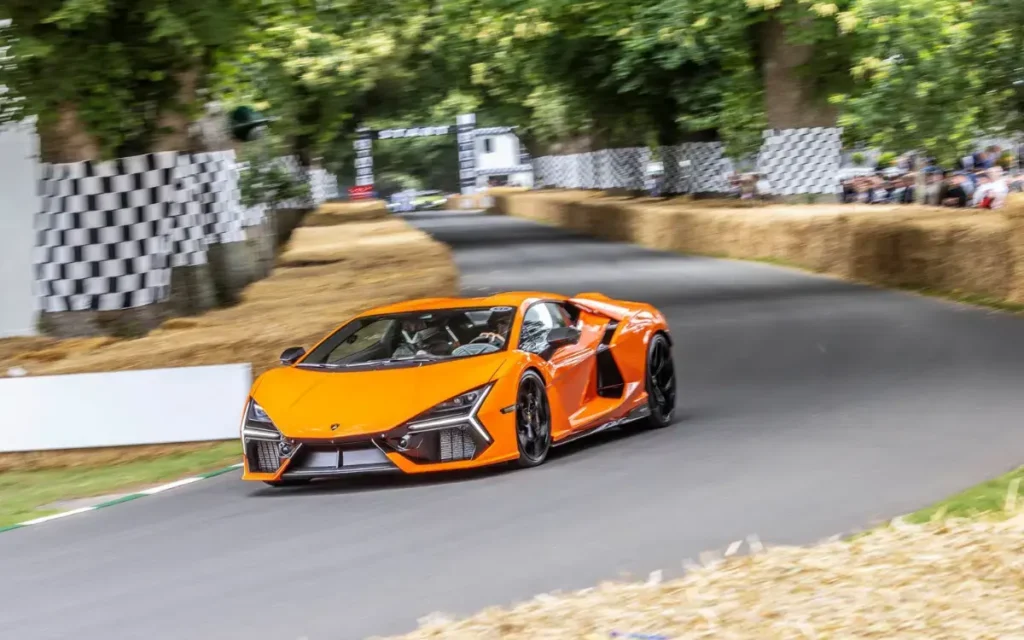
As the marque’s first foray into the world of hybridization, Sant’Agata knew that the world would be watching the Revuelto very closely indeed.
It really didn’t disappoint.
Having gone to the considerable trouble of designing a virtually all-new V12 engine – just the third generation of V12 in the marque’s long and storied history – they then combined it with three electric motors for a combined output of 1,015ps, 1,001bhp or 747kW, depending on how you measure these things in your part of the world.
Supercar Blondie observed that, “The Revuelto can do 0-100km/h (0-62mph) in just 2.5 seconds and 0-200km/h (0-124mph) in 6.6 seconds”.
In case you’re uncertain what that sort of performance might feel like, it’s viscerally, incalculably, unforgettably ballistic.
A very fit, recently jilted and understandably furious cheetah would struggle to lay a paw on the Revuelto’s carbon-fiber tail – even with a 30 yard start.
Having first established that the car accelerated faster than a Veyron or, indeed, anything else they’d ever experienced, an Autocar review of December 2024 went on to say, “Monster Lambos have never come with this level of steering precision, or damping panache, or the sense that both axles are working in such harmony. Anybody who has driven an Aventador will find the Revuelto shockingly cohesive and biddable on the road.”
So, a car that’s nailed it on both the numbers and the nuance: combining neck-snapping urge and responsiveness with unfeasibly good handling and balance for a heavy-ish car; plus fabulously high-quality materials and (Supercar Blondie again), “…interiors designed to bring Lamborghini’s ‘Feel Like a Pilot’ concept into reality.”
‘Feel like a pilot’? It’s Lamborghini’s current and future design philosophy: make everything about the car as driver-centric and driver-focussed as possible – dynamically, functionally and ergonomically.
Lamborghini Temerario: V8 Hybrid Revolution
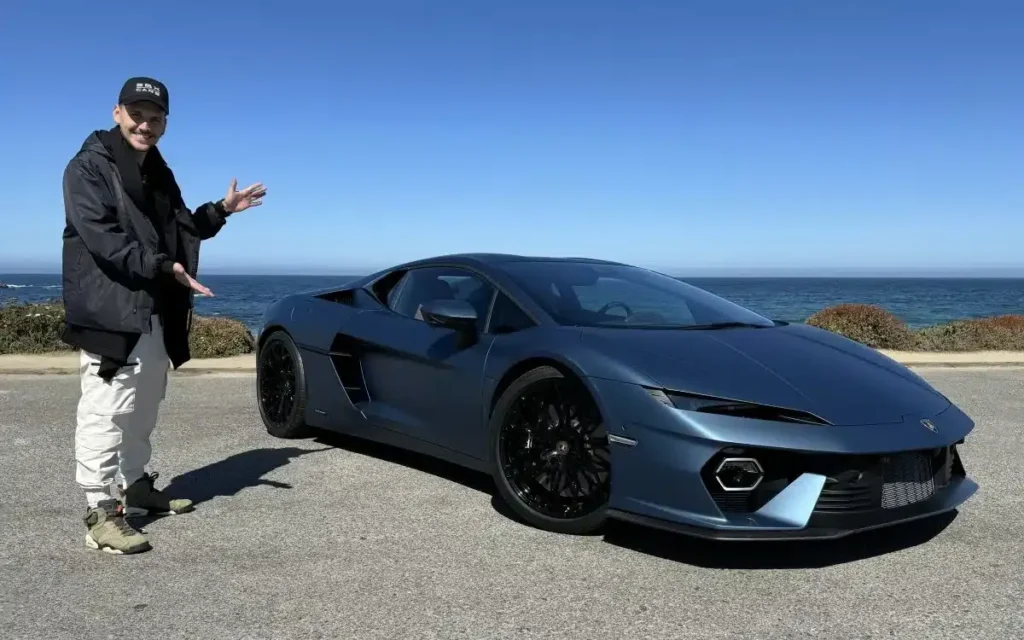
And so we come to something entirely different in all sorts of ways.
Lamborghini. Hybrid. V8.
It’s possible that those words have never before appeared in the same paragraph, unless by mistake.
But this is no mistake.
Lamborghini didn’t miss a PR trick when they invited two-time MotoGP world champion and Ducati rider Francesco ‘Pecco’ Bagnaia to put it through its paces on the Imola circuit.
Supercar Blondie reported Bagnaia as saying, “I’ve never experienced anything like this. Reaching 10,000 RPM is simply incredible…you’re driving an extremely light and agile car, with extraordinary power.”
All the power comes courtesy of a built-from-scratch, all-new twin-turbo V8 working in synergy with three electric motors to deliver 907bhp.
Again, though, it’s not just about the numbers, it’s about the feel of the car and your freedom as the driver to make it behave and perform just how you want.
And Sant’Agata really wanted it to feel like a Lamborghini. There’s a clue in the headline on the marque’s Temerario web page: “You can’t hide who you are.”
Lamborghini is consciously and wilfully building Lamborghini-ness, the essence of the brand, into every car wearing the raging bull badge, regardless of what’s providing the motive power.
And there’s a strong case for arguing that doing so matters more, not less, as the marque approaches full electrification. Without the customary V12 unit sitting amidships, the brand’s other core values will have to do a lot more heavy lifting to differentiate Sant’Agata models from, well, any other very fast machines propelled by motors and batteries and probably originating from a factory in Guangdong.
Hence the Temerario comes with a raft of newly developed driving modes designedto dial-up a range of different, but distinctly Lamborghini-esque, handling and performance responses, and adapt the characteristics of the car to any given situations or conditions.
Città, Strada, Sport and Corsa modes can be paired with different energy modes – Recharge, Hybrid, Performance – in up to 13 combinations to maximize the hybrid powertrain’s potential.
There’s even a Drift mode, for people who want to take it to a track and don’t mind getting through numerous sets of tires rather briskly.
Road or track, the car’s all-aluminum chassis and body combine with its advanced aero technology to deliver something designed to offer no-compromise useability in both worlds.
Lamborghini Urus SE: The Hybrid Super SUV
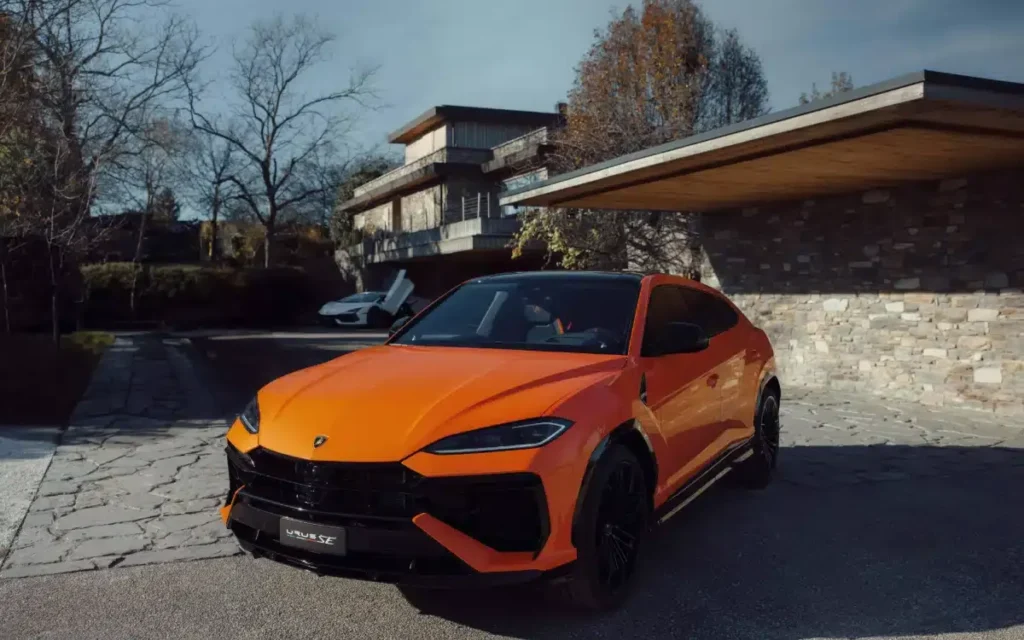
Having dipped its corporate toes into SUV water in 1986 with the mad-as-a-box-of-frogs LM002, Sant’Agata spent the next 31 years conspicuously not attempting to repeat the experience.
Fast-forward to 2017 and everyone is making SUVs, even Bentley.
With the news that Aston Martin and Ferrari were working on development SUVs, Lamborghini felt compelled to once again take the plunge.
The result was the Urus.
Equipped with Audi’s turbocharged 4.0-liter V8, the Urus was considerably lighter and therefore quicker than many of its rivals, thanks to the extensive use of carbon-fiber, even though it was based closely on the same platform as the Audi Q7, Bentley Bentayga, Porsche Cayenne, and Volkswagen Touareg – courtesy of cross-pollination and tech-sharing within the burgeoning VAG group.
The Urus SE takes it to a whole new level, pairing a twin-turbo V8 with a 192bhp electric motor for a combined 789bhp and 590 lb-ft of torque.
The resulting package, we’re told, will be a practical, stylish, luxuriously appointed family vehicle that, should you choose to flex your right ankle, will set off like a hooked marlin and take you from 0-62mph in an utterly ludicrous 3.4 seconds.
As a PHEV (Plug-in Hybrid) vehicle, the Urus SE reduces emissions by over 80% compared to its predecessor and can be driven in EV-only mode.
Like the Revuelto and the Temerario, it comes with a broad selection of driving modes that provide unprecedented versatility and allow you to react to changing conditions.
In fact, it’s so versatile and multi-faceted that the hybrid SE will cover all of the capabilities previously only available if you bought the Urus, the Urus S and the Urus Performante, got a better job, and moved to a bigger house with an enormous garage.
The fact that Supercar Blondie has seen a disguised, Performante-based SE prototype in testing at the Nürburgring should give you some idea of the forthcoming SE’s likely performance credentials.
An Electric Lamborghini : Painful Sacrilege or Pure Sant’Agata?
There are those (quite a lot, actually), who just can’t compute the idea of an all-electric Lamborghini.
For some, even the mention of a V8 or a turbocharger on anything with a raging bull logo is enough to induce panic and outrage in equal measure, let alone talk of electric motors or charging times.
😠
We understand, we really do.
But we think there’s something at the heart of the marque’s DNA that makes this leap not so much such sacrilegious as inevitable or, whisper it, entirely in keeping with the brand’s heritage and values.
Why?
Because Ferruccio Lamborghini always did things differently, always came up with the unexpected, and always left people guessing at what he might do next.
After serving as a mechanic in the Regia Aeronautica during WW2, Ferruccio set up a small car and motorcycle repair shop near Modena before branching out into the manufacture of tractors using surplus military hardware and, initially, Morris engines.
He did very well, made a lot of money, bought himself a Ferrari 250 GT (well, you would) and took an instant dislike to what he considered to be the car’s rather weak clutch.
He popped over to see his neighbour, Enzo, who dismissed his concerns with his customary disdain.
Someone with less ambition might have shrugged off this minor snub and forgotten all about it by the following morning.
Not Ferruccio.
He took it very personally indeed.
He made it his life’s mission to build cars that were better than Enzo’s.
In the process, Lamborghini pretty much single-handedly invented the concept of the supercar.
And each new model that left Sant’Agata was even more outrageous, blisteringly quick and technologically out-on-its own than the last.
Ferruccio consistently did things differently, in life and beyond.
When he died in 1993 fans might have expected his final journey to have been made atop one of the marque’s fire-breathing V12 supercars.
Instead, and entirely appropriately, it was one of his eponymous tractors that carried Ferruccio’s coffin to the cemetery in Sant’ Agata Bolognese.
We really shouldn’t be surprised that the marque that bears his name is doing something surprising.
Automobili Lamborghini S.p.A. has been doing things in its own unique way since 1963.

